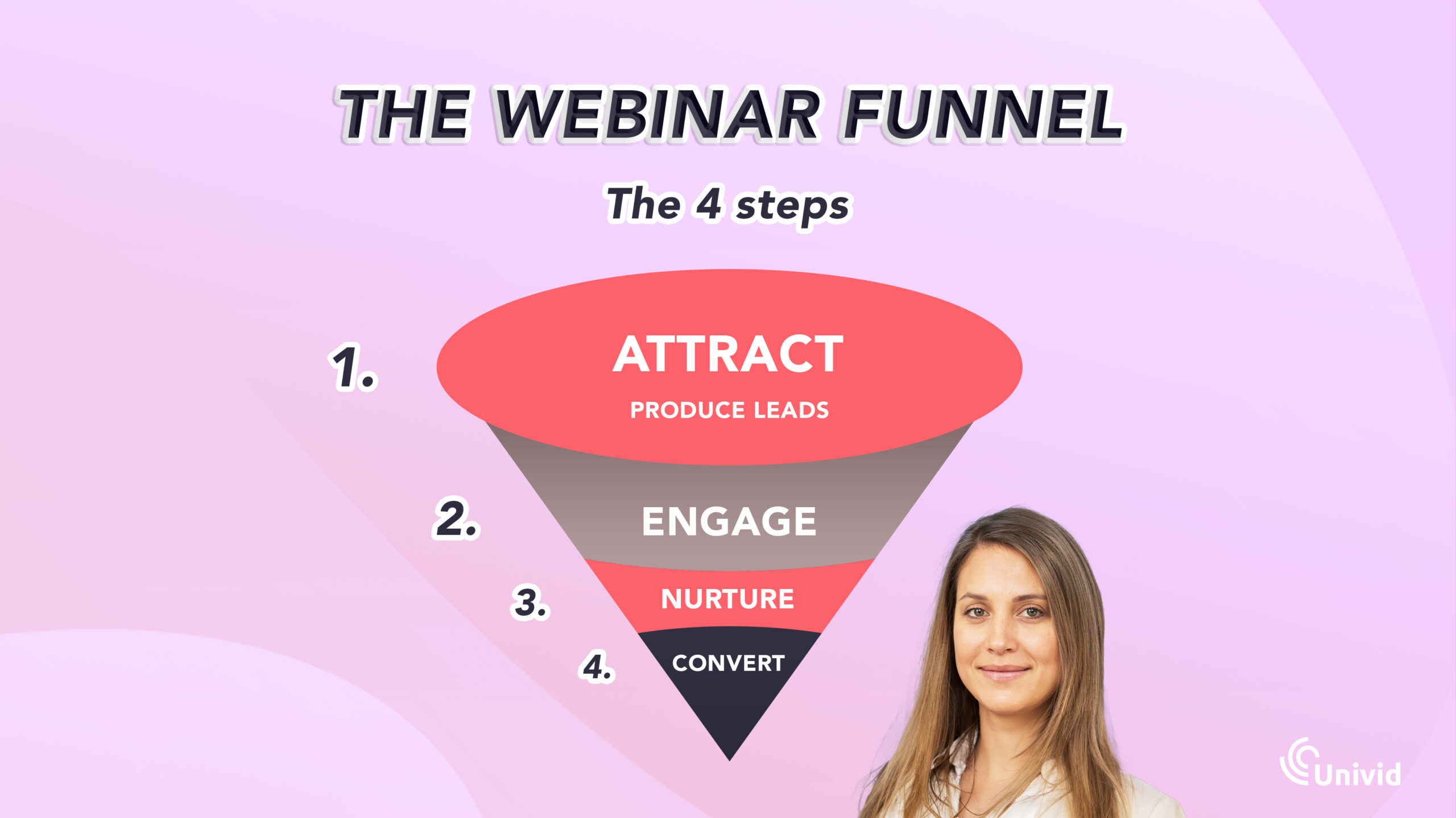How to create high converting webinars
How to Create a High-Converting Webinar Funnel: Live & On-Demand
Webinars are one of the most effective tools for lead generation, whether they’re live or pre-recorded (on-demand). By properly setting up a high-converting funnel, you can guide your audience from discovery to conversion efficiently. Here’s how to create an effective funnel for both live and on-demand webinars.
1. Understanding Your Webinar Funnel
A webinar funnel is a step-by-step process that moves potential leads from initial awareness of your event to taking a final action—usually attending the webinar and making a purchase or signing up for your offer. There are a few key stages in any funnel:
- Awareness: Getting your webinar in front of your target audience.
- Interest: Convincing people to register for the webinar.
- Engagement: Keeping them engaged from registration until the webinar.
- Action: Encouraging attendees to take the desired action during or after the event.
- Follow-up: Converting attendees who didn’t purchase immediately.
2. Pre-Webinar: Build Awareness and Drive Registrations
For both live and on-demand webinars, the first step is to attract your audience’s attention. This involves promoting your webinar through different channels, such as:
- Email Marketing: Utilize your existing email list and craft a compelling subject line, introducing the value they’ll gain from attending your webinar.
- Social Media: Use platforms like Instagram and LinkedIn to promote your webinar with eye-catching visuals and strong calls-to-action (CTAs).
- Paid Ads: Facebook and Google Ads can target specific demographics and drive registrations for your event.
For live webinars, create urgency by highlighting limited availability or the benefits of live participation (e.g., live Q&A). For on-demand webinars, emphasize the convenience of watching anytime and anywhere.
Landing Pages: The registration page is the most important piece of your funnel. Keep it focused on the benefits of the webinar:
- Use a compelling headline.
- Outline the topics to be covered.
- Display social proof (e.g., testimonials).
- Have a clear, prominent CTA (e.g., “Register Now”).
3. Confirmation & Reminder Sequence
Once someone registers, you need to keep them engaged until the webinar starts. This is crucial for live webinars, where drop-off rates can be high.
- Confirmation Emails: Send an immediate confirmation email. Reiterate the key details (date, time, link) and what they will gain from attending.
- Reminder Emails: For live webinars, send reminders at 24 hours, 1 hour, and 15 minutes before the webinar starts. For on-demand webinars, create automated follow-ups after registration with reminders to watch the video.
You can also offer bonuses, like downloadable guides, to keep registrants excited and engaged during the waiting period.
4. Webinar Execution
The webinar itself is the core of the funnel. Here’s how to make sure both live and on-demand webinars deliver maximum value:
- Content Quality: Whether live or on-demand, make sure your webinar content addresses a clear problem and offers actionable solutions. Use storytelling and data to captivate your audience.
- Engagement Tools: Use polls, chats, and Q&A sessions for live webinars to keep attendees engaged. On-demand webinars can include interactive features, such as clickable CTAs during the video or post-webinar quizzes.
- Offer a Clear Next Step: At the end of the webinar, provide a clear call-to-action. This could be scheduling a sales call, enrolling in a course, or purchasing a product. Make it easy for attendees to take that step by providing a link directly on the webinar platform.
5. Follow-Up: Convert Leads into Sales
The follow-up sequence is crucial, especially for attendees who don’t immediately take action during the webinar.
- Thank You Page: Immediately after the webinar (live or on-demand), send them to a thank-you page with additional resources or exclusive offers.
- Post-Webinar Emails: Create a series of follow-up emails for those who attended and those who missed the event. These emails should:
- Recap the webinar’s key points.
- Provide a link to the on-demand version for live webinar attendees.
- Reiterate your offer, with urgency (e.g., a limited-time discount).
- Include testimonials or case studies to build social proof.
- Retargeting Ads: Use Facebook or Google retargeting ads to follow up with people who attended or registered for the webinar but didn’t take action.
6. Measure & Optimize
After running the webinar, analyze the performance of your funnel:
- Track your conversion rates from registration to attendance and from attendance to action.
- For on-demand webinars, pay attention to watch time and drop-off rates to see where viewers lose interest.
Based on this data, you can tweak your messaging, CTAs, and follow-up sequences to improve performance.
By following these steps, you can create a high-converting funnel that works for both live and on-demand webinars. It’s all about keeping the experience seamless and guiding your audience toward taking the desired action at every stage.



